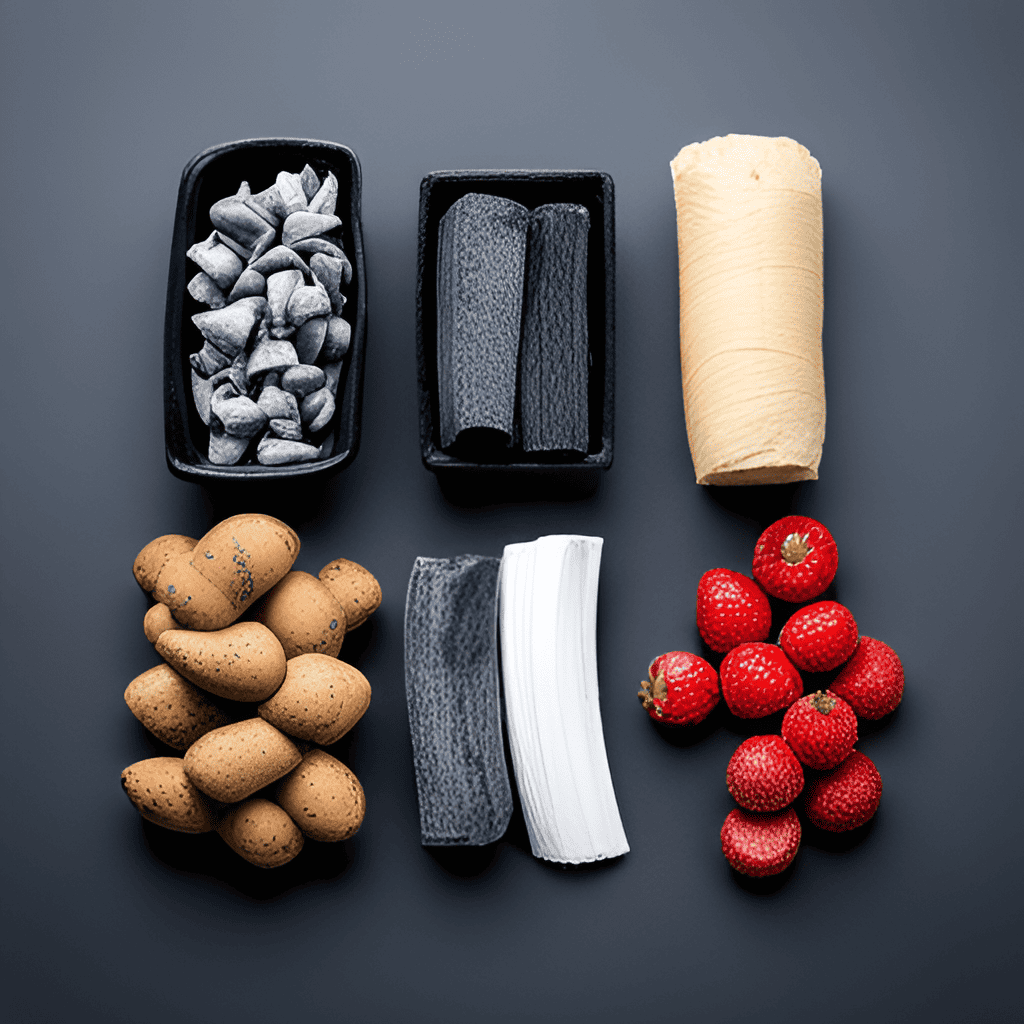Demystifying Charcoal Types: Binchotan, White Charcoal, and More
Using charcoal to grill foods offers several advantages.
- First, charcoal imparts a unique smoky flavor to grilled dishes, enhancing the taste and aroma.
- Second, charcoal grills can reach higher temperatures quickly, allowing for excellent searing and caramelization of meats and vegetables, resulting in a delicious and visually appealing charred exterior.
- Lastly, grilling with charcoal creates a memorable outdoor cooking experience, perfect for gatherings and enjoying the outdoors.
Charcoal is not a one-size-fits-all product, and there are various types available, each with its unique properties and uses. Let’s explore 5 of the lesser-known charcoal types, including binchotan and white charcoal, to shed light on their characteristics and culinary applications.
5 Charcoals To Consider For Your Grilling And Home Needs
1. Binchotan Charcoal:
- Origin: Binchotan is a premium Japanese charcoal made from oak, specifically ubame oak (Quercus phillyraeoides). It has been used in Japan for centuries and is highly prized for its high carbon content and superior burning properties.
- Production Process: Binchotan is created through a specialized slow-burning process, where oak branches are carbonized at extremely high temperatures (around 1,000 to 1,200 degrees Celsius) and then rapidly cooled. This process results in dense, long-lasting charcoal with minimal smoke and odor.
- Characteristics: Binchotan is known for its purity and absence of impurities, as well as its long and even burn. It produces a high heat output, making it ideal for grilling and high-temperature cooking.
- Culinary Applications: Binchotan is commonly used in Japanese cooking for grilling yakitori (skewered chicken), seafood, and vegetables. Its clean burn and lack of smoke make it perfect for imparting delicate flavors without overpowering the food.
2. White Charcoal (Shiro-zumi):
- Origin: White charcoal, also known as shiro-zumi, is another type of Japanese charcoal made from a variety of hardwoods, such as oak, cherry, or chestnut.
- Production Process: White charcoal is created through a similar process to binchotan, but it is carbonized at slightly lower temperatures. The name “white charcoal” comes from its appearance, which is paler and less dense than traditional black charcoal.
- Characteristics: White charcoal has a more delicate and subtle flavor compared to other charcoals. It burns at a lower temperature, making it suitable for longer cooking times and smoking.
- Culinary Applications: White charcoal is used in Japanese cooking for grilling fish, meats, and vegetables, as well as in traditional tea ceremonies to heat water for tea. Its mild flavor allows the natural taste of the ingredients to shine through.
3. Mangrove Charcoal:
- Origin: Mangrove charcoal is made from mangrove trees found in coastal areas. It is commonly produced in Southeast Asian countries like Indonesia and Thailand.
- Production Process: Mangrove charcoal is created through a similar carbonization process as other charcoals. The use of mangrove wood gives it a unique flavor profile.
- Characteristics: Mangrove charcoal burns at a high temperature and produces a smoky aroma that adds a distinct taste to grilled foods.
- Culinary Applications: Mangrove charcoal is widely used in Southeast Asian cuisine, particularly for grilling seafood, giving it a rich and aromatic flavor.
4. Sawdust Briquettes:
- Origin: Sawdust briquettes are made from compressed sawdust and other wood residues, making them a recycled and eco-friendly option.
- Production Process: Sawdust briquettes are created by compacting sawdust and wood particles using high pressure without any binders or additives.
- Characteristics: Sawdust briquettes burn evenly and at a consistent temperature, providing a reliable and long-lasting source of heat for grilling and cooking.
- Culinary Applications: Sawdust briquettes are a cost-effective option for various grilling needs, such as barbecues and outdoor cooking.
5. Bamboo Charcoal:
- Origin: Bamboo charcoal is made from bamboo plants, known for their rapid growth and sustainability.
- Production Process: Bamboo charcoal is produced through a similar carbonization process as other charcoals, but with bamboo as the raw material.
- Characteristics: Bamboo charcoal has a porous structure, making it highly absorbent and suitable for purifying air and water. It burns at a moderate temperature.
- Culinary Applications: While bamboo charcoal is not commonly used for cooking, it is prized for its eco-friendly properties and is often used for water filtration and air purification.
Understanding the characteristics and culinary applications of these different charcoal types allows grilling enthusiasts and chefs to make informed choices based on the desired flavors and cooking techniques.

Final Thoughts
The question of whether to use wood or charcoal for grilling and smoking is one that you can happily settle yourself by trying both and seeing which you prefer.
When considering charcoals for home consumption, consider these 5 lesser known ones for the following uses:
- Binchotan Charcoal: Premium Japanese charcoal made from oak with high carbon content. Ideal for grilling yakitori and delicate foods due to its pure burn and minimal smoke.
- White Charcoal (Shiro-zumi): Japanese charcoal made from hardwoods, offering a subtle flavor. Suitable for longer cooking times and grilling fish, meats, and vegetables.
- Mangrove Charcoal: Derived from mangrove trees, it burns at high temperature, infusing grilled seafood with a rich and smoky aroma.
- Sawdust Briquettes: Eco-friendly option made from compressed sawdust. Provides even and consistent heat for various grilling needs.
- Bamboo Charcoal: Sustainable choice from bamboo plants, with a porous structure used for air purification and water filtration, but not commonly used for cooking.
And in case you’re looking for one more rare option to look at….Quebracho wood is one that you might consider for your charcoal.

